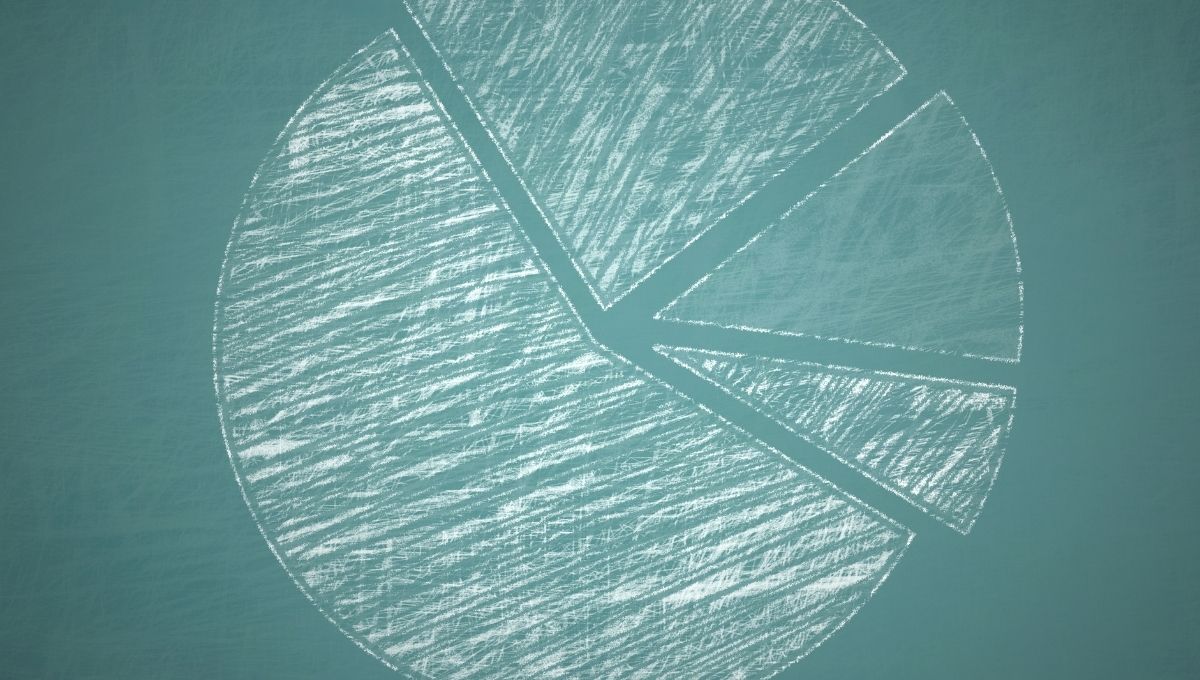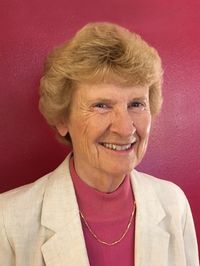
Sister Richelle provides stats and stories about the ways that public policy seeks to address poverty in the U.S., and how the U.S. compares with other nations. Hear the full In Good Faith episode at IGF043. Let us know your thoughts about this podcast--please click here to take a short survey.
Let us know your thoughts about the podcast by taking this short survey! Your input helps us shape the future of our podcasts! Click HERE to take the survey. Thank you!
 Sister Richelle Friedman, PBVM, is Director of Public Policy at the Coalition on Human Needs in Washington, D.C. She has over 30 years of legislative experience on a wide range of issues, with the goal of strengthening the economic reality of low-income families. Her recent work with the Coalition includes efforts to advance the American Rescue Plan, a coronavirus relief package with help for millions of families living in poverty.
Sister Richelle Friedman, PBVM, is Director of Public Policy at the Coalition on Human Needs in Washington, D.C. She has over 30 years of legislative experience on a wide range of issues, with the goal of strengthening the economic reality of low-income families. Her recent work with the Coalition includes efforts to advance the American Rescue Plan, a coronavirus relief package with help for millions of families living in poverty.
Prior to the Coalition, Sister Richelle worked as a policy analyst and lobbyist at the Children’s Defense Fund, McAuley Institute, and NETWORK, a Catholic social justice lobby. Sister Richelle has a Bachelor’s degree in Mathematics and a Master’s degree in Pastoral Studies. She was born in Iowa and was raised on the family farm. She is a member of the Sisters of the Presentation of the Blessed Virgin Mary, in Dubuque, Iowa.
Sister Maxine
This podcast is brought to you by A Nun's Life Ministry. I'm Sister Maxine, and my guest is Sister Richelle Friedman, Director of Public Policy at the Coalition on Human Needs, an alliance of national organizations that promotes public policies which address the needs of low-income people and other vulnerable groups. Sister Richelle, as you've grown in your understanding, and certainly now, in your role with the Coalition on Human Needs, how has your understanding of poverty evolved? How would you describe what poverty is now?
Sister Richelle
When I think of poverty now, I would define it as not having enough income to afford the necessities for a minimal standard of living. And I think there's universal understanding that those needs include food, water, clothing, and shelter, and also education, health care and sanitation. And the official poverty measure in our country is calculated by the Census Bureau. And the formula set back in the early 60s was at three times the value of an economic food plan, determined by the Department of Agriculture.
Sister Maxine
So that's the basics of what somebody would spend for food.
Sister Richelle
Exactly. And that probably made sense in the 60s, but not today. Because we know that the growth in cost, for example, of housing and health care have vastly outstripped the growth for food.
Sister Maxine
So that measure of poverty has not really kept pace with the times.
Sister Richelle
That's exactly right. One of the big expenses families have today, for example, is childcare. Because more women with school-aged children work outside of their home, which is a big class for many families today, but wasn't so much a factor in the 60s.
Sister Maxine
Those social changes make a difference as well. More women in the workforce.
Sister Richelle
Exactly, exactly. In terms of how we, in our country today, look at poverty, the Census Bureau adjusts the poverty line every year. And so this year, it says that the poverty line for a family of three is almost $22,000. And for a family of four is about $26,500. And I think we know in most cases, that's simply not sufficient for the family to meet their needs.
Sister Maxine
So according to those measures, how many people are considered poor here in the United States?
Sister Richelle
Prior to COVID, there were about 34 million people that were considered to be living in poverty. 11 million of those were children. And just last year, between July and November of last year, seven and a half, or nearly 8 million more people became poor, simply because of COVID and all of its ramifications.
Sister Maxine
So even outside of, let's say, we've all seen the devastation of COVID. Even before that, that seems like such a high number of people who are poor in the United States, given that we're the richest economy in the world.
Sister Richelle
That's exactly right. I think it was like 11% of all people, and 14% of children who were poor in 2019. And by comparison, as you suggest, there's an entity called the Organisation for Economic Cooperation and Development, the OECD, and it's an association of 37 of the wealthiest countries in Europe, North America and the Pacific, among them Denmark, New Zealand, Spain, Canada, France, Australia, the United States. The United States is consistently ranked among those countries as having one of the highest overall poverty rates and child poverty rates.
Sister Maxine
What are some of the reasons that we're seeing these consistently high rates of poverty here in the United States?
Sister Richelle
There are many reasons, I think, why so many people have an income so low that they're living in poverty. Three of them come to mind that I'll just touch on briefly. One of them is inequality. Secondly, low-paying jobs. And third, a weak social safety net. So first, the growth in our country isn't being experienced equally by everyone. Income inequality has increased dramatically since the 70s. If we look at, for example, 2019, the bottom income quintile--the lowest 20% of us earners--received about 3% of the total household income, while the richest 20% received more than half. And of course, income is also directly determinant of one's ability to accumulate wealth. So, for the latest year, we have a wealth figure, 2016, 1% of the wealthiest in our country owned 40% of the wealth, while the bottom 90% owned 23% of the wealth.
Sister Maxine
So we see a huge gap there.
Sister Richelle
That's right. And then secondly, if we look at job growth in our country, it has been centered in the service sector. So those working in hospitality, restaurants, caretaker jobs, for example, are often paid lower wages, with fewer employer-provided benefits and less opportunities for promotion. Those jobs also often have unpredictable schedules, unstable employment, and inadequate or non-existent benefits. Many low-wage jobs provide no paid sick or vacation days. And I often think of parents that have children in school, when they had children in school, that couldn't even take a day off to go to a program their child was in. And then of course, the federal minimum wage hasn't increased since 2009. So if we think about it, and we think of the federal minimum wage, which is $7.25. If a person works 40 hours a week for 52 weeks at $7.25. That's $15,080. So if a person is a single parent raising two children, that family's income falls short of the $22,000 poverty line for a family of three by about $7,000.
Sister Maxine
To hear full episodes of A Nun's Life podcasts, visit the podcast page at anunslife.org/podcasts.
This transcript has been lightly edited for readability.




